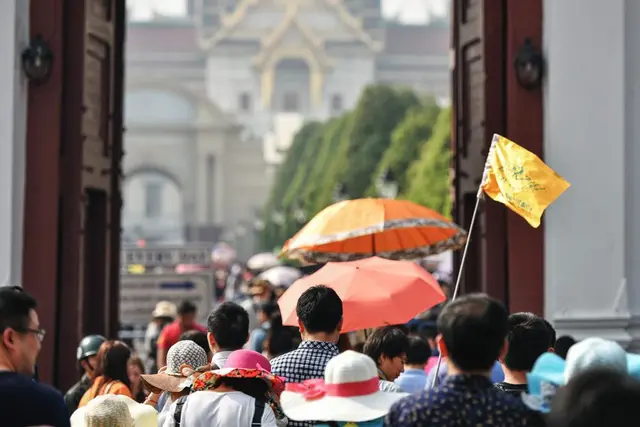PKG
INTRO
Beijing had a clear blue sky on the day when the CPPCC annual session began.
But only days ago, the Chinese capital was hit by a hazardous sandstorm, bringing its air quality to a "dangerous" level.
And weeks ago, Beijing and many other Chinese cities were repeatedly shrouded in smog, causing constant worries about health and a worsening pollution.
A day before the CPPCC annual session began, a spokesman for the meeting again urged expedite efforts to improve air quality, saying the people cannot wait too long for the air to be cleaned.
PKG
China's Ministry of Environmental Protection set timetables in January for cities experiencing different degrees of air pollution.
Cities with the lightest pollution are required to bring their air quality up to standard by 2015.
And those with heavy air pollution that's 30 percent above the national standard or more should try to meet the requirements by 2030.
But at a press conference on Saturday, Lyu Xinhua, the spokesman for this year's CPPCC session, says, this time frame means too long a wait.
SOUNDBITE: LYU XINHUA, Spokesman for CPPCC session
"Eighteen years is too long to wait. We hope this period can be shortened."
The spokesman says China's energy consumption is huge as the country is in a phase of rapid industrialization and urbanization.
He says China's energy structure is not balanced and some companies still lack awareness of environmental protection.
He acknowledged that it is difficult for some cities, including Beijing, to meet the national standard of air quality in the short term.
But he said the government should make more investments and enhance legislation in this regard.
The call was made weeks after many parts of the country were shrouded by a prolonged smog.
The capital city Beijing only experienced five days of clear sky in January, with readings for PM 2.5, airborne particles measuring less than 2.5 micrometers in diameter, far exceeding safety levels.
 简体中文
简体中文





